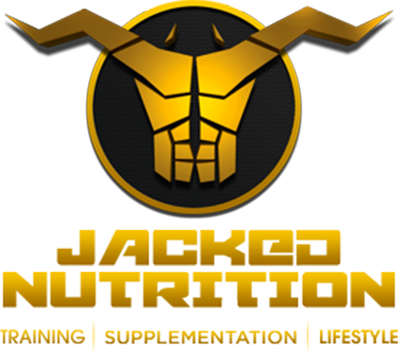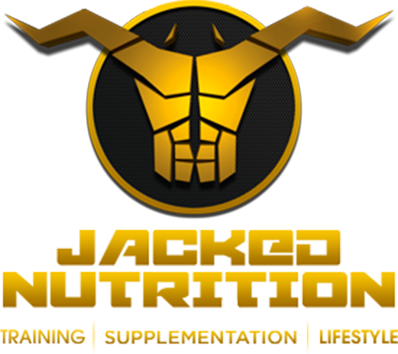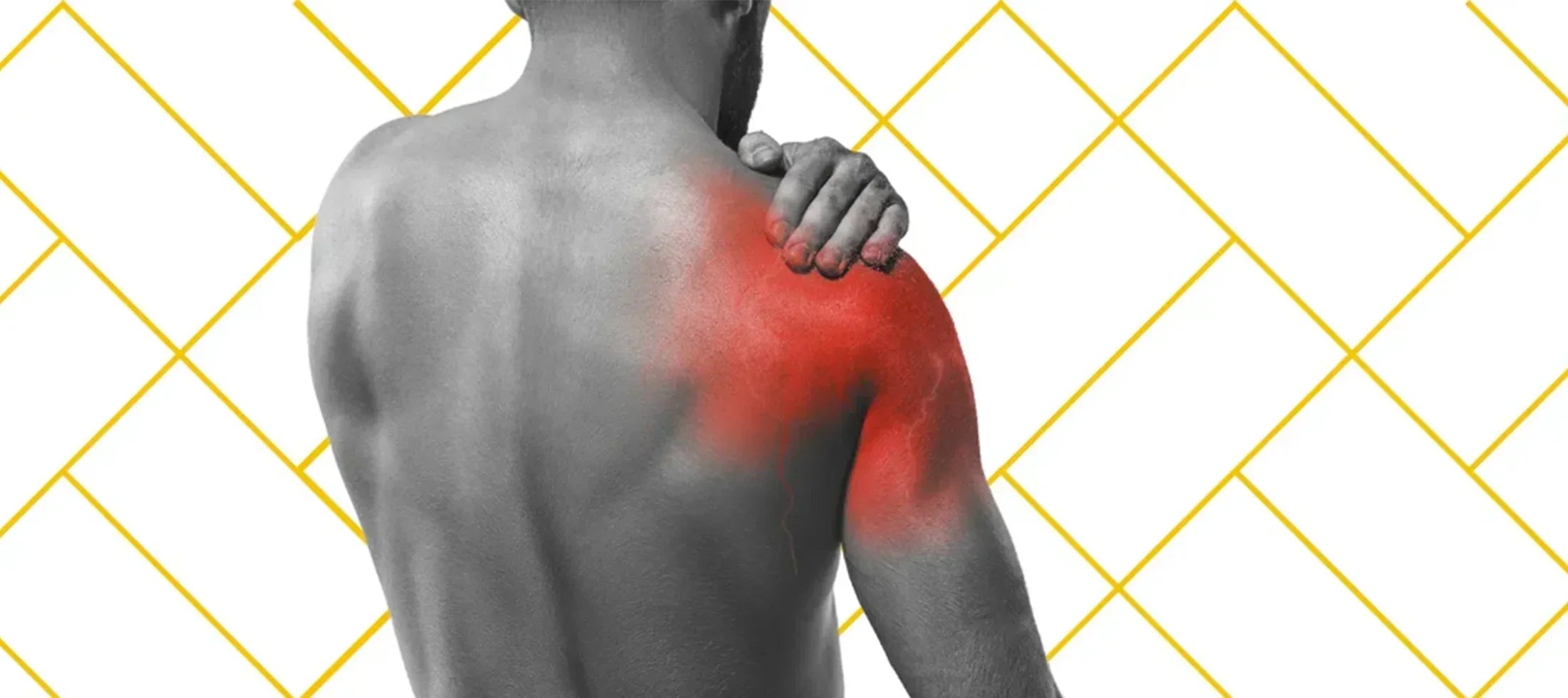Muscles are contractile tissues grouped to perform vital functions, mainly movement. Based on movement muscles are categorized into two groups involuntary and voluntary. As the name suggests involuntary muscles are not in your control whereas voluntary muscles are those, whose movement you can control.
Muscles are further divided into three categories based on their function i.e. smooth muscles, that of the gut, cardiac muscles, those of the heart, and striated or skeletal muscles, which are attached to the skeleton. The former two are involuntary whereas skeletal muscles are voluntary.
The shoulder muscles are a group of skeletal muscles responsible for the movement of the shoulder and arm. Generally, different kinds of skeletal muscles perform their functions in groups. Similarly, in the shoulder, there are different kinds of muscles involved in the movement of the shoulder joint.
Muscle functions
Generally, the functions of muscles are
- Locomotion
- Support
- Maintaining posture
- Blood circulation
- Respiration
- Digestion
- Urination
- Childbirth
- Temperature control
Functions of shoulder muscle
- Support and movement of the arm
- Holding the bones together
- Maintaining posture
- Strength
Range of motion
The range of motion is actually how far you can move a part of your body with ease. Different forms of motion of the shoulder include
Flexion
Flexion means folding the arms or any other part in such a way that the angle between to bones decreases. The range of motion for flexion is 180 degrees which means you can move your arm from your sides from the front, towards your head.
Extension
Extension refers to the movement of a part in such a way that the angle increases between two bones connected through a joint. Extension of the shoulder means moving your arms towards the back. The ROM for extension of the shoulder is 45-60 degrees.
Rotation
Rotation means moving something in a circle. For a shoulder, rotation refers to the movement of the forearm towards or away from the body. The maximum angle for medial rotation is 70-90 degrees whereas that for lateral rotation is 90 degrees.
Adduction
Ever heard the phrase “brace yourself”? That is adduction. Moving your arms towards your body is called adduction and the maximum angle for adduction is 30-50 degrees.
Abduction
Abduction of the shoulder includes raising the arm above the head. The maximum you can raise your arm is 150 degrees.
Factors that may affect a normal range of motion
- Body composition
- Injury
- Arthritis
- Any other issue that may affect flexibility
Shoulder exercises
Pushup
The normal or decline pushups both help strengthen shoulder muscles. It is performed as
- Place both palms on the ground and toes either on the ground or an elevated surface like a stool for a decline pushup.
- Keeping the body straight shift the weight to the arms.
- Lower the body and then push it away from the ground.
- Repeat it as many times as you can easily.
Plank
The plank is a little easier than the pushup.
- Go on all fours with your feet hip distance and your hands a little wider than shoulder distance apart.
- Keep this position for 30-60 seconds.
You can modify it as
- Raise your left hand and touch your right shoulder.
- Repeat with the other arm as well.
- Do as many repetitions as you can.
Overhead press
This like most shoulder exercises involves dumbbells.
- Stand with your feet hip-distance apart.
- Carry a dumbbell in each hand.
- Fold the elbows 10 Degrees in such a way that your palms a facing the front.
- Move each dumbbell upward over the head. Either one by one or both at once.
Front to lateral raise
The steps to perform this exercise are
- Stand straight with your feet hip-width apart.
- Carry a dumbbell in each hand.
- Extend your arms to your sides and then relax.
- Lift your arms to your front and again relax.
- Repeat each set as many times as you can.
Halo
Halo as the name suggests includes some circular motion
- Stand with your arms and feet relaxed.
- Carry a dumbbell between both hands and move it around your head clockwise.
- Repeat it in an anticlockwise direction.
Bent over fly
You have to bend and then fly like a bird but not as weightless as a sparrow, but with extra weight.
- Stand with your feehip-widthth apart. Bend your knees a little and bow down keeping the back straight.
- Carry a dumbbell in each hand and relax your arms.
- Move the arms up and out on sides, either one by one or simultaneously.
- Repeat this exercise a few times.
- This exercise can be performed with one leg raised.
External rotation
This movement is already discussed in the range of motion
- Stand straight with your arms and legs relaxed.
- Fold your elbows and move your hands to the front.
- Start moving your hands towards and away from the median of the body.
- You can also perform this with a stretch band or resistance band in your hands and pull it outwards.
Split stance overhead press
This performed similarly to the overhead press but with a resistance band instead of dumbbells.
- Stand with one leg ahead of the other.
- Place the resistance band under the back foot and stretch it over your head then relax.
- Repeat this exercise a few times.
Three-way shoulder raise
Yes, you can raise your arms in three directions at once.
- Stand straight and carry a dumbbell in each hand.
- Stretch your arms on each side respectively.
- Move to the front and then push upwards over your head.
- Then again down to the front and sides and then relaxed.
- Do a few repetitions.
Shoulder muscles pain
Causes
Shoulder muscle pain can be the result of inflammation, injury, or any other problem in the muscles. Common causes include
Inflammation in tendons (bursitis/tendinitis)
The inflammation and swelling can occur either in bursae, which are fluid-filled sacs that provide cushioning, or tendons which are cords that join muscle to the bone. This inflammation may occur due to stress on the muscle or an injury.
Tendon tear due to injury
The tendons may tear or break due to an injury and cause severe pain in the shoulder.
Pressure on the muscle due to fracture or bone growth etc
It is called impingement when soft muscle tissue is pressed by a solid bone. This pain is often felt when raising or moving the arm.
Treatment
Shoulder muscle pain can be the result of inflammation, injury, or any other problem in the muscles. Common causes include
- Exercise under the supervision of a physical trainer or physiotherapist.
- Diet is a major factor in maintaining muscle health. A well-balanced diet that provides ample micro as well as macronutrients can help maintain a good healthy shoulder and also treat any problem due to underlying nutritional deficiency.
- Massage with hot oil or ointment can help reduce the pain.
- Medication like painkillers and multivitamin supplements as nutrition deficit ency is a major cause of injury and inflammation of shoulder muscle.
- Surgery in case the condition is worsened.
Conclusion
Shoulder muscle is a group of skeletal muscles that provide support and strength to arms neck back and shoulder. They are involved in the movement of the neck, and shoulder arm as well as in respiration and maintaining a posture. Shoulder muscles are one of the most used muscles and thus maintaining health through diet and exercise is most important.
FAQs:
How to fix range of motion in shoulder?
To fix shoulder range of motion, start with gentle stretching and mobility exercises that target stiffness without causing pain. Pendulum swings, wall slides, and arm circles are simple moves that gradually loosen the joint. Strengthening the surrounding muscles, especially the rotator cuff and upper back, also helps improve stability and movement. Consistency is key, and if pain or stiffness continues, seeking guidance from a physiotherapist ensures safe recovery.
What are the 4 major muscles in the shoulder?
The shoulder is mainly supported by four important muscles called the rotator cuff muscles. These are the supraspinatus, infraspinatus, teres minor, and subscapularis. Together, they stabilize the shoulder joint, help lift and rotate the arm, and protect it during daily movements. Weakness or injury in any of these muscles can lead to pain, limited mobility, or instability.
Which exercise is best for shoulder pain?
For shoulder pain, gentle exercises that restore movement without adding strain are most effective. Pendulum swings, wall angels, and shoulder blade squeezes are commonly recommended because they improve mobility and strengthen stabilizing muscles. Stretching the chest and upper back also helps reduce tension that contributes to pain. If the pain is persistent or linked to injury, it’s best to get professional advice before continuing exercise.
How do you fix poor shoulder mobility?
Poor shoulder mobility can be improved with a mix of stretching, strengthening, and posture correction. Tight chest muscles and weak upper back muscles often restrict shoulder movement, so exercises like doorway stretches, band pull-aparts, and overhead reaches can help. Building strength in the rotator cuff muscles supports joint stability, allowing freer motion. Practicing these regularly improves flexibility and prevents stiffness over time.
How do you regain range of motion?
Regaining range of motion requires slow and consistent effort with targeted exercises. Start with light stretching to ease stiffness, then move toward active exercises like wall climbs or resistance band rotations. Strength training plays a role because stronger muscles stabilize the joint and make movement easier. Recovery takes patience, and gradual progression ensures the joint regains full motion without added injury risk.



Share:
Vitamins and Minerals for Muscle Building
Arm Muscles